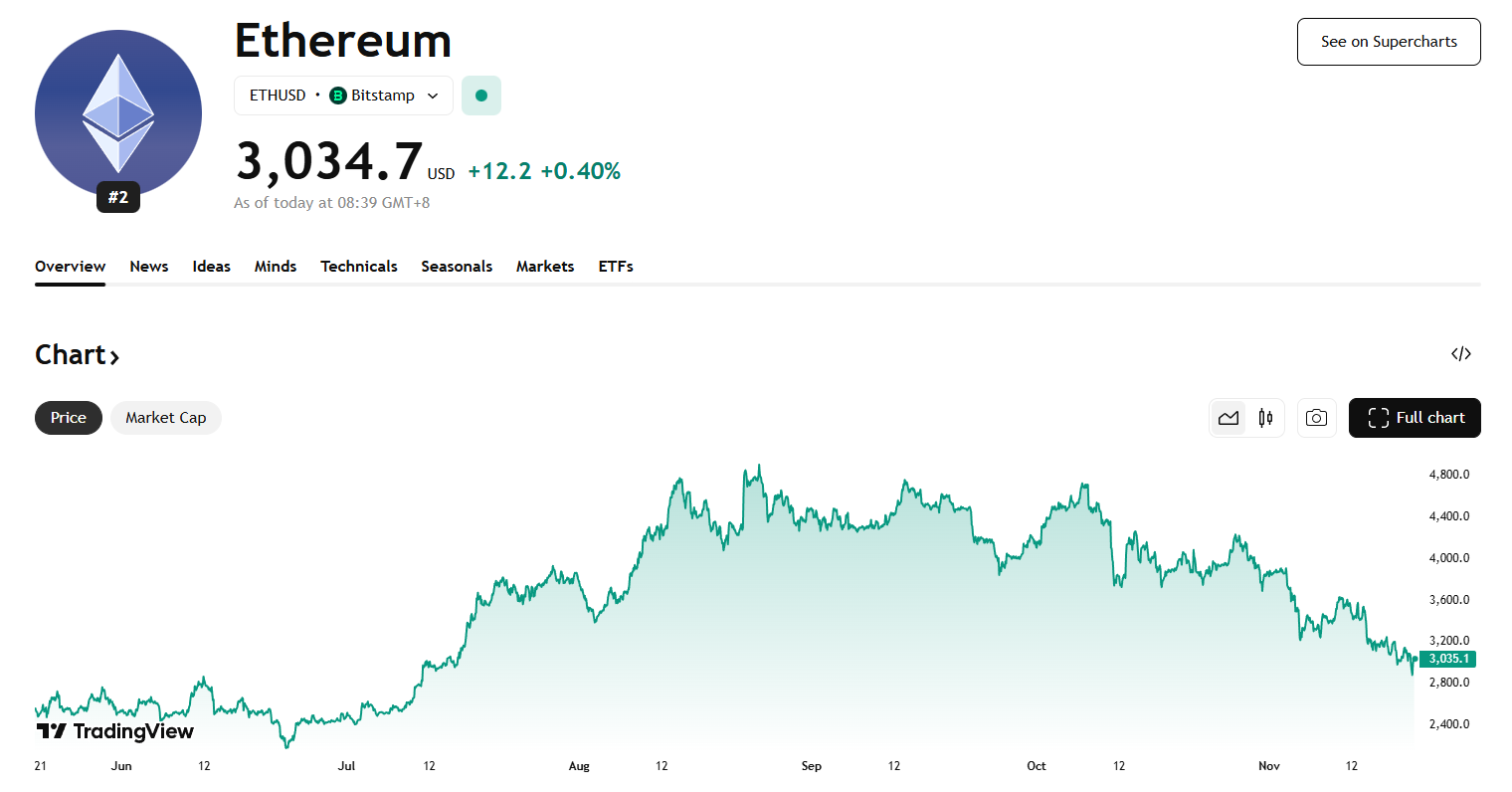Solayer sBridge SVM Interoperability Launch: LAYER Token Surges 2.2%
Solayer officially launches the first purpose-built interoperability solution exclusively for chains built on the Solana Virtual Machine. sBridge’s initial launch is backed by support from SOON and Sonic.
Understanding Solayer sBridge SVM Interoperability
Solayer represents a pioneering force in blockchain interoperability, specifically targeting the Solana Virtual Machine (SVM) ecosystem. The company has built its reputation on creating infrastructure solutions that enhance cross-chain connectivity within the rapidly expanding SVM landscape.
The SVM ecosystem has emerged as a significant competitor to Ethereum’s Virtual Machine, offering faster transaction speeds and lower costs. SVM-based chains like Solana, SOON, and Sonic have gained substantial traction among developers and users seeking efficient blockchain solutions. However, interoperability between these chains remained a challenge until Solayer’s sBridge launch.
Bridge Technology and Token Impact
sBridge utilizes advanced bridge technology that differs fundamentally from traditional cross-chain solutions. Unlike conventional bridges that often rely on wrapped tokens or centralized validators, sBridge leverages Solana’s native architecture to create seamless asset transfers.
The LAYER token serves as the governance and utility token for the Solayer ecosystem. Its 2.2% surge following the sBridge launch reflects market confidence in the project’s technical capabilities and future prospects within the SVM interoperability space.
- Solayer launches its first bridge protocol for Solana Virtual Machine chains, eliminating the need to move to EVM.
- The LAYER token rose by 2.2% following the sBridge launch.
In a recent post, Solayer announced the launch of its first SVM-native bridging protocol. Dubbed sBridge, the cross-chain bridge is designed to transfer assets and execute cross-chain transaction within SVM ecosystems from both Solana and Solay.
Unlike traditional bridges that can take several seconds and may charge higher fees, sBridge is built specifically for SVM chains, which means it can finalize transfers in approximately one second, handle over 1,000 transactions per second at a fee of 0.0006 SOL per transfer.
In addition, sBridge uses Solana ( SOL )’s native tools, such as Program Derived Accounts and hardware-backed signatures, to ensure transfers are verified and tamper-proof instead of using a central database.
Upon launch, the bridge is backed by SVM builders SOON and Sonic ( S ), both of which helped to establish the project to further develop SVM-to-SVM connectivity across the broader ecosystem.
To tackle potential on-chain issues such as double-spending, attacks or single-point failures, the project introduces The Guardian Network; an in-house security team which is backed by hardware and multi-sig security layer featuring automatic failover and exactly-once semantics.
According to the official press release, sBridge is aimed at connecting Solana directly to InfiniSVM and other SVM chains. Thereby helping to streamline liquidity and asset transfers without having to take any EVM-related detours outside of the ecosystem.
Unlike traditional bridges that typically whitelist, sBridge program generates Program Derived Addresses or PDA proofs to enable all tokens to be transferred across all SVM networks without needing permission.
Solayer sBridge SVM Interoperability Impact: LAYER Price Analysis
Following the launch of sBridge, Solayer’s token experienced a sharp 2.2% recovery after a significant drop earlier today. The price fell to just under $0.50 before bouncing back to $0.547, forming a V-bottom pattern. This suggests aggressive buying pressure at the lows, potentially triggered by either value-buying or the exhaustion of selling momentum.
 Solayer’s price chart indicates a V-shaped recovery after the sBridge launch | Source: TradingView
Solayer’s price chart indicates a V-shaped recovery after the sBridge launch | Source: TradingView
This sudden rise is reflected in the token’s Relative Strength Index. The RSI dipped into the oversold zone below 30 before surging past 70, where it currently sits at 71.63, signaling overbought conditions. This rapid RSI swing aligns with the price rebound and implies that bulls have regained short-term control.
However, such a sharp move into overbought territory often leads to a cooling-off period of consolidation, especially if no strong continuation catalysts emerges after the sBridge launch.
Disclaimer: The content of this article solely reflects the author's opinion and does not represent the platform in any capacity. This article is not intended to serve as a reference for making investment decisions.
You may also like
Hotcoin Research | Fusaka Upgrade Approaching: Analysis and Outlook on Ethereum Long and Short Positions
This article will review Ethereum's recent performance, provide an in-depth analysis of the current bullish and bearish factors facing Ethereum, and look ahead to its prospects and trends for the end of this year, next year, and the medium to long term. The aim is to help ordinary investors clarify uncertainties, grasp trends, and provide some reference to support more rational decision-making during key turning points.

Crypto Market Surges as Bitcoin Rebounds and Privacy Coins Shine
In Brief Bitcoin rebounded over the weekend, testing the $86,000 mark. Privacy-focused altcoins Monero and Zcash showed notable gains. Total market value surged, crossing the $3 trillion threshold again.

Trending news
MoreBitget Daily Digest (Nov 24) | Total Crypto Market Cap Rebounds Above $3 Trillion; Michael Saylor Posts “Won’t Surrender,” Hinting at Further Bitcoin Accumulation; Bloomberg: Bitcoin’s Decline Signals Weak Year-End Performance for Risk Assets, but 2026 May Have Growth Momentum
Following the attack, Port3 Network announced it would migrate its tokens at a 1:1 ratio and burn 162.7 million PORT3 tokens.
